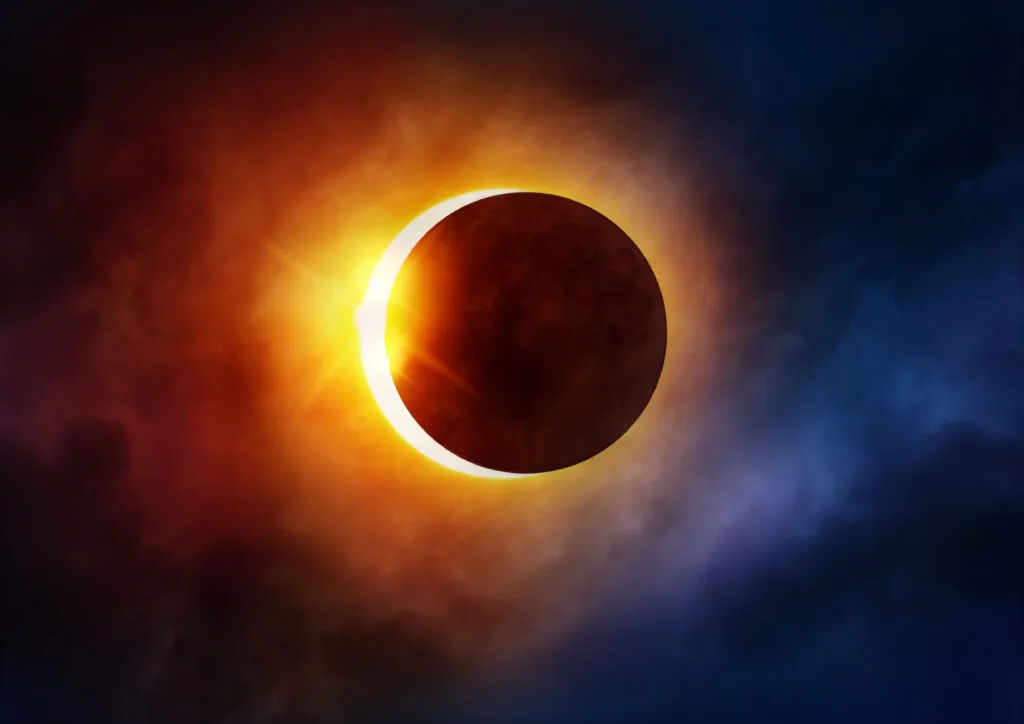Mark your calendars. On Aug. 21st, a total solar eclipse will be visible from the contiguous United States.
The eclipse will be completely visible in 14 states across the U.S. and partially visible for the rest of the country, something that hasn’t happened in nearly 100 years. A total solar eclipse, like the one expected next month, happens when the moon aligns between the earth and the sun. The shadow directly under the moon, called the umbra, is a total eclipse.
The path of the moon’s umbra across Earth is called the path of totality and this year, that path begins in the Pacific Northwest, starting in Oregon and ending in South Carolina. If you’re hoping to catch a glimpse of the phenomenon, scientists have advised spectators to journey to one of the states directly in the eclipse’s path. According to this interactive map from NASA, viewers hoping to experience the total solar eclipse in all its glory must be between the blue lines. The yellow lines intersecting with the path of totality shows the time and location of the eclipse in 10-minute intervals. The longest amount of time anyone can see the eclipse — called the “greatest duration” — is about two minutes and 41.7 seconds, and those vantage points are noted in green.
But if you can’t plan a road trip around the eclipse, don’t worry. Scientists say that people will be able to enjoy the event from most of the continental United States. If you are traveling for the eclipse, your biggest concern should be the weather.
“It’s much more important to watch the weather forecasts a day or two before the eclipse and choose a location with the best chance of a cloud-free sky during the eclipse,” NASA wrote.
As far as the best way to actually view the eclipse, experts caution people to wear protective lenses and avoid staring at the sun for too long. NASA recommends using certified manufacturers of safe eclipse glasses (your regular sunglasses won’t cut it) so it’s best to buy from companies like Rainbow Symphony, American Paper Optics, and Thousand Oaks Optical before hitting the road.
For a breakdown of the best places to see the eclipse, head here.
And remember to enjoy the experience. You never know when it might happen again.






